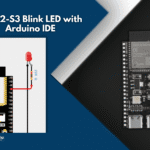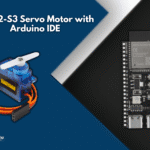Index
Introduction
This project introduces digital input handling using the ESP32-S3 DevKit-N16R8. A push button is connected to a digital input pin to control an LED. When the button is pressed, the LED turns on; when the button is released, the LED turns off — demonstrating real-time input detection.
Required Components
- ESP32-S3 Board
- LED
- 220Ω, 10KΩ Resistor
- Push Button
- Jumper Wire
- Breadboard
Pinout
- Switch Pinouts
- Button Pressed: When you press the button, the metal contacts inside touch, creating a connection. This allows electricity to flow, completing the circuit.
- Button Released: When you release the button, the contacts separate, breaking the connection. This stops the flow of electricity, turning off whatever device it’s controlling.
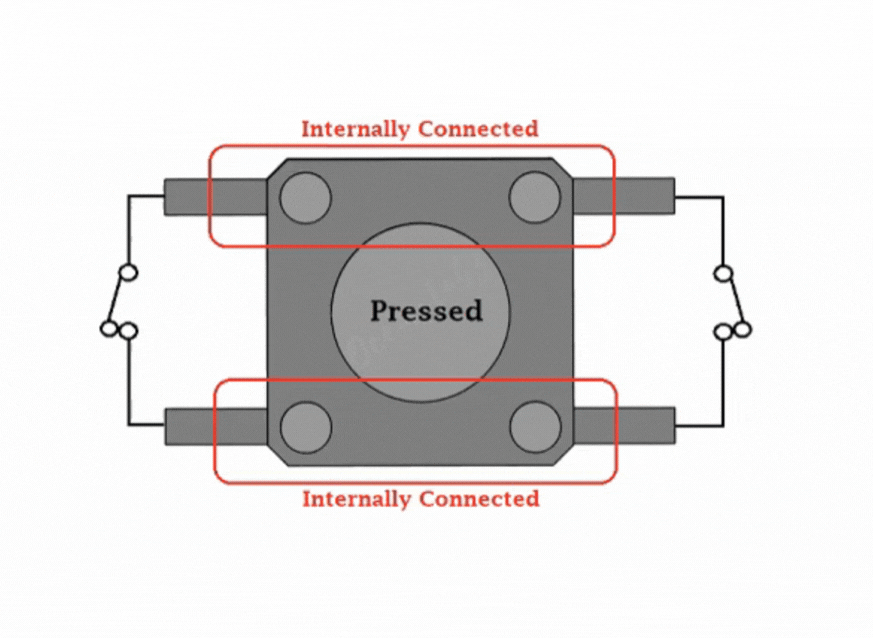
- LED Pinout
- LED Anode (+)
- LED Cathode (-)
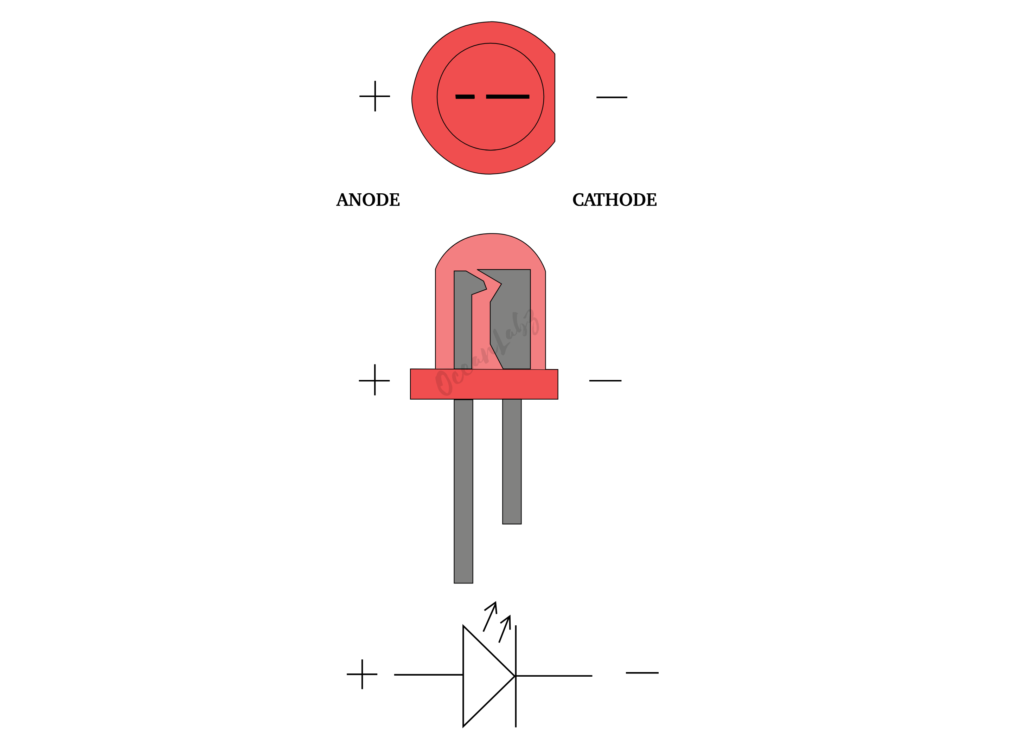
Circuit Diagram
- ESP32-S3 GPIO 2 → 220Ω Resistor → LED (Anode +)
- ESP32-S3 GND → LED (Cathode -)
- ESP32-S3 GPIO 0 → One Side of Push Button
- ESP32-S3 GND → One Side of Push Button
- ESP32-S3 3.3V → One Side of Push Button with 10k Ohm Resistor
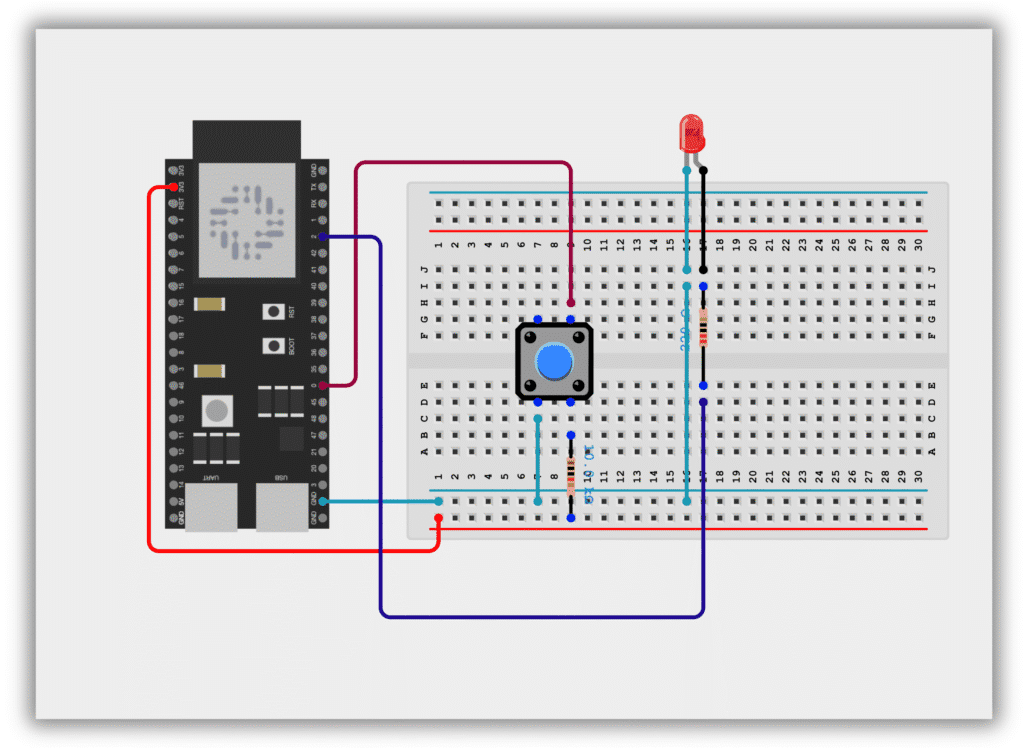
Code / Programming
/*
Filename: ol_button_led_control.ino
Description: ESP32-S3 program to control the onboard LED using a push-button. LED turns ON when the button is pressed and OFF when released.
Author: www.oceanlabz.in
Modification: 1/4/2025
*/
#define LED_PIN 2 // Onboard LED is connected to GPIO 2
#define BUTTON_PIN 0 // GPIO 0 (BOOT button or external push button)
void setup() {
pinMode(LED_PIN, OUTPUT); // Set LED pin as output
pinMode(BUTTON_PIN, INPUT_PULLUP); // Set button pin as input with internal pull-up resistor
}
void loop() {
int buttonState = digitalRead(BUTTON_PIN); // Read the button state
if (buttonState == LOW) { // If button is pressed (LOW)
digitalWrite(LED_PIN, HIGH); // Turn LED ON
} else {
digitalWrite(LED_PIN, LOW); // Turn LED OFF
}
}
Explanation
- Push button is connected to GPIO 0, using the internal pull-up resistor.
- When the button is pressed, GPIO 0 reads LOW, and the onboard LED (GPIO 2) turns on.
- When the button is released, GPIO 0 reads HIGH, and the LED turns off.
Troubleshooting
- LED Not Responding? Check if GPIO 2 is used and onboard LED is supported on your board revision.
- LED Always ON? Ensure internal pull-up is enabled or manually connect a 10kΩ resistor to 3.3V.
- Button Not Working? Try using another safe GPIO like 4 or 10 instead of GPIO 0.

